Green/Sustainable Housing
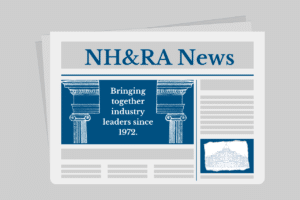
Three Reasons to Prioritize Energy Efficiency in Affordable Multifamily Housing
This How Housing Matters article explains how energy efficiency upgrades can boost low-income multifamily properties’ net operating incomes, save low-income households money on energy bills and improve environmental outcomes—making investments in these upgrades a triple win. This evidence roundup highlights why policymakers and funders should continue to push housing providers, utility companies and intermediary organizations to bolster their efforts to bring energy efficiency upgrades to both subsidized and unsubsidized multifamily rental housing.
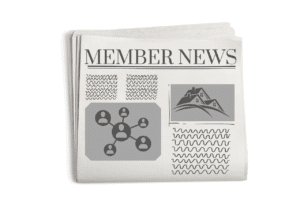
2020 Enterprise Green Communities Criteria Open for Comment
Enterprise opened its public comment period on the 2020 Green Communities Criteria. Maintaining the same eight categories, the 2020 Green Communities Criteria is looking at new ways to explore how the criteria can contribute to: improving resident health; strengthening homes’ resilience; managing developers’ upfront costs while improving building performance; and promoting equitable outcomes.
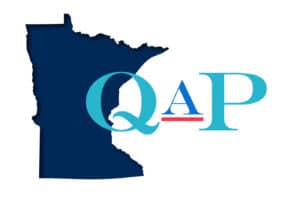
Minnesota Releases Energy Scorecard Reports
Minnestoa Housing and the Center for Energy and Environment released the EnergyScoreCards Phase II report, which study the impacts of energy and water benchmarking paired with more supportive technical and financial assistance in 31 subsidized, multifamily, affordable housing buildings.
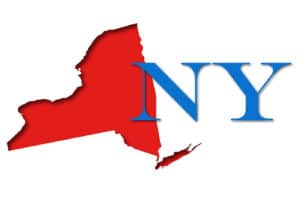
RetrofitNY Publishes Report on Deep Energy Retrofits
The RetrofitNY team is proud to share a study conducted by Ian Shapiro of Taitem Engineering assessing the transferability of the Energiesprong concept to New York State – Energiesprong: A Dutch Approach to Deep Energy Retrofits and Its Applicability to the New York Market. Based on numerous site visits and interviews in the Netherland, Ian’s […]

Robinson Cole’s Jerome Garciano Updates Green Tax Incentive Compendium
Robinson Cole has published its updated “Green Tax Incentive Compendium.” This volume presents federal and state tax incentives promoting the renewable energy and energy efficiency industries. Each section outlines the basic features and regulatory requirements for a tax program which provides financial incentives for clean technology development through renewable energy and energy efficiency projects. For […]
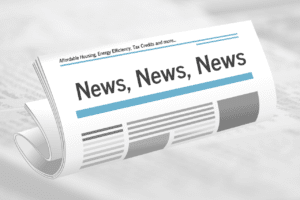
EPA Tightens Standards for Lead Dust in Homes, Child Care Facilities
The EPA recently announced a final rule that lowers dust-lead hazard standards for floors and windowsills in pre-1978 housing and certain schools, child care facilities and hospitals.
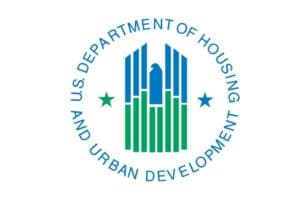
HUD Energy and Water Savings PFS – Comments Due July 8
In 2015, HUD was authorized to establish a Pay For Success (PFS) demonstration for achieving energy and water savings in the multifamily assisted housing stock. HUD has now published the intent to collect information with comments due on July 8

SUNY Residence Hall Energy Retrofit
The Dormitory Authority of the State of New York is seeking a Statement of Qualifications from qualified Design-Build teams capable of providing all services necessary to design and construct the renovation of an existing residence hall, including additional 6,000 sf for added programming need, an increase to 300 beds, and retrofitting of the building envelope plus systems to fully electrify and reduce energy use to a maximum EUI of 32kbtu/sf/year.
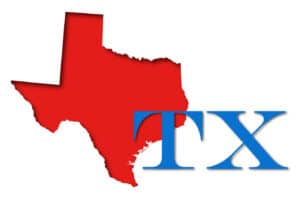
Michaels Closes $61 Million Workforce Housing Deal in the Texas’s ‘Innovation Corridor’
The Michaels Organization successfully closed on $61 million in financing for Mission Trail at El Camino Real, a new mixed-income housing community in San Marcos, Texas, that will serve the city’s growing workforce. The majority of the 352 apartments will be reserved for households earning 60 percent or less of the area median income, while 10 percent of the units will be reserved for individuals and families earning less than 140 percent of the area median income. The community will also offer 35 apartments without any income restrictions
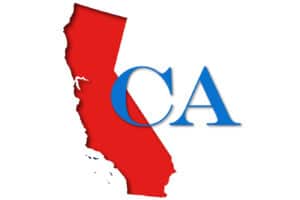
California AHSC Program Round 4 NOFA Applications due Feb. 11
Applications for the Affordable Housing and Sustainable Communities (AHSC) Notice of Funding Availability (NOFA) are due on Feb. 11. The AHSC program seeks to reduce greenhouse gas emissions through projects that implement land-use, housing, transportation, and agricultural land preservation practices to support infill and compact development. For the fourth round, $395 million in funding is available.
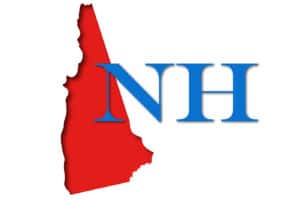
NHHFA & CDFA Event: Opportunities to Use CDFA Funds for Energy Projects Event – Jan. 31
On Jan. 31 from 9 – 11:30 am ET the New Hampshire Housing Finance Authority (NHHFA) and the Community Development Finance Authority (CDFA) will host a discussion on financial and technical resources available for energy audits and energy upgrades at multi-family housing properties.

OHCS Preservation NOFA due Feb. 19, Energy NOFA due Jan. 29
Oregon Housing and Community Service (OCHS) announced the deadline to apply for its Federal Project Based Rent Assistance Preservation Notice of Funding Availability (NOFA). Applications, with the project’s Multifamily Energy Program Incentive Reservation letter, are due by 4 pm PT on Feb. 19, 2019. Applications will be reviewed as they are received.